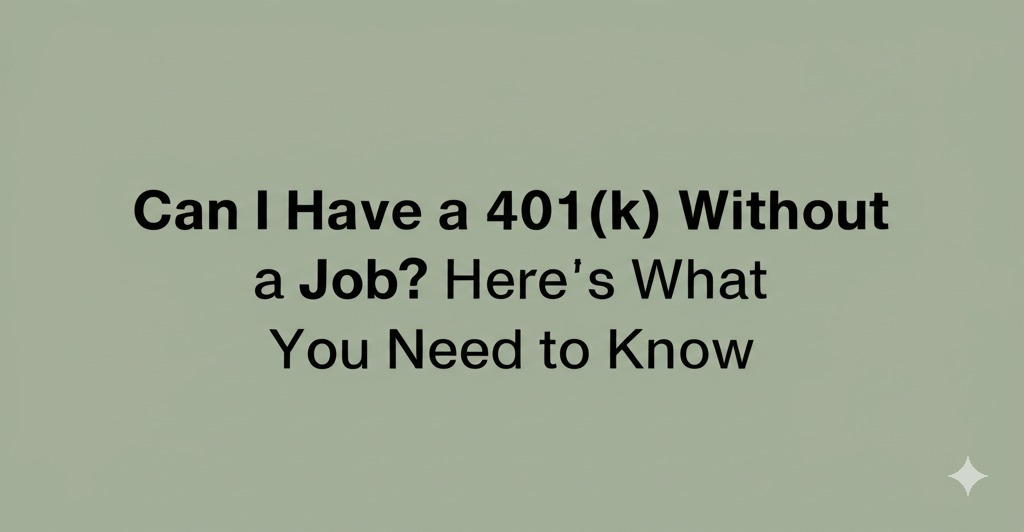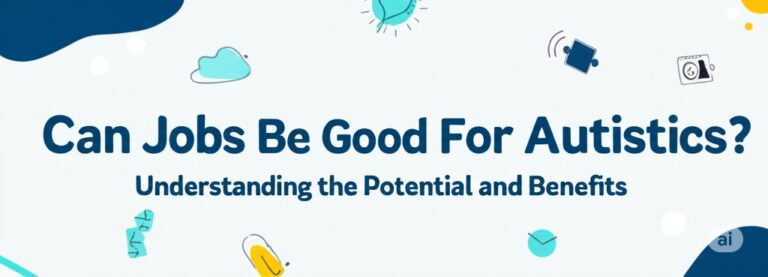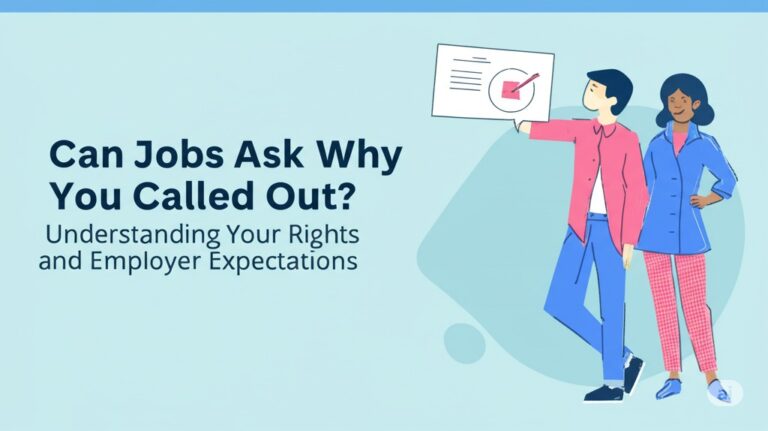
When it comes to saving for retirement, the 401(k) plan is often seen as one of the best tools out there. But what if you’re currently unemployed, self-employed, or simply don’t have access to an employer-sponsored retirement plan? Can you still have a 401(k) without a job? The answer might surprise you.
In this article, we’ll explore your retirement savings options when you’re not working, including alternative plans you can still use to grow your nest egg.
Understanding the Basics: What Is a 401(k)?
Before diving into the jobless scenario, let’s quickly revisit what a 401(k) is.
A 401(k) plan is a retirement savings account offered by employers, allowing employees to contribute a portion of their wages pre-tax. In many cases, employers also offer matching contributions. It’s one of the most popular retirement plans in the U.S. thanks to its tax advantages and high contribution limits.
But here’s the catch—a traditional 401(k) must be tied to an employer. So if you’re not working for a company that offers one, you can’t contribute to a standard 401(k).
Can You Have a 401(k) Without a Job?
Short Answer: Not a Traditional One
You cannot open or contribute to a traditional 401(k) if you don’t have a job with an employer offering the plan. The IRS requires that 401(k) contributions come from earned income—specifically, from employment.
But don’t worry! That doesn’t mean you’re out of options.
Alternatives to a 401(k) When You’re Not Employed
There are several retirement savings vehicles that don’t require a traditional job or employer sponsorship.
1. Solo 401(k) – For the Self-Employed
If you’re freelancing, running a small business, or doing gig work, you may qualify for a Solo 401(k) (also known as an Individual 401(k)).
Key benefits:
- Designed for self-employed individuals with no employees (except possibly a spouse).
- High contribution limits—up to $69,000 in 2024 if you’re under 50 (more if you’re 50+).
- You contribute both as the employer and the employee.
Important: You must have self-employment income to open and contribute to a Solo 401(k).
2. Traditional or Roth IRA – Ideal for Almost Anyone
If you have any earned income (even part-time or freelance), you can contribute to an IRA (Individual Retirement Account).
Key differences:
- Traditional IRA: Contributions may be tax-deductible; taxes are paid upon withdrawal.
- Roth IRA: Contributions are made with after-tax dollars; withdrawals in retirement are tax-free.
2024 contribution limit: Up to $7,000 (or $8,000 if you’re age 50+).
If you’re married and not working, a Spousal IRA allows your spouse to contribute on your behalf, using their earned income.
3. SEP IRA – For Freelancers and Side Hustlers
A Simplified Employee Pension (SEP) IRA is another option if you’re self-employed.
Highlights:
- Easier to manage than a Solo 401(k).
- Contribution limit of 25% of net earnings, up to a cap.
- Great for freelancers with variable income.
What If You’re Not Earning Any Income?
Now here’s the tricky part—if you have zero earned income, you can’t contribute to tax-advantaged retirement accounts like 401(k)s or IRAs (with the exception of a Spousal IRA).
However, you can still:
- Leave funds in an existing 401(k): They’ll continue to grow tax-deferred.
- Roll over your 401(k) into an IRA to have more control over your investments.
- Invest in a regular brokerage account—while it doesn’t offer tax advantages, you can still grow your wealth through smart investing.
Why Keep Saving for Retirement Even Without a Job?
Even if you’re between jobs or taking time off, your future self will thank you for staying on track with retirement planning.
Here’s why it matters:
- Time is your biggest asset. The earlier you invest, the more compound growth works in your favor.
- Skipping a few years of contributions can mean missing out on thousands—sometimes hundreds of thousands—by retirement.
- Having flexible savings plans outside of traditional 401(k)s gives you more financial independence.
Tips for Saving Without a Job
- Create a budget that prioritizes saving, even if income is limited.
- Use side gigs or part-time work to generate earned income for IRA eligibility.
- Explore spousal contributions if you’re married.
- Keep an eye on fees and investment performance to make the most of your savings.
Final Thoughts: Yes, You Can Save Without a Job
While you can’t open or contribute to a traditional 401(k) without a job, you absolutely have options. Whether you’re self-employed, freelancing, or temporarily out of the workforce, retirement saving is still possible—and important.
Explore alternatives like Solo 401(k)s, IRAs, and SEP IRAs to keep building your future. And if you’re in a rough patch financially, don’t stress—just staying informed and taking small steps can make a big difference over time.

Andre Cuevas provides career insights, job search strategies, and professional advice to help individuals navigate the job market and achieve their career goals.




